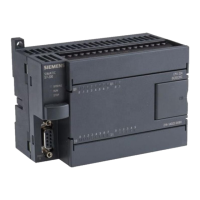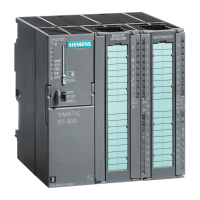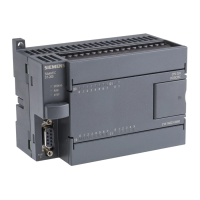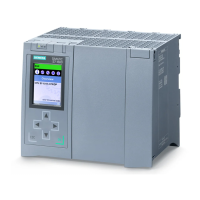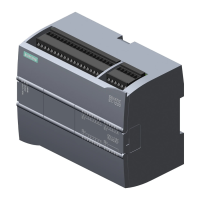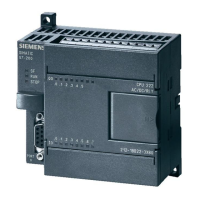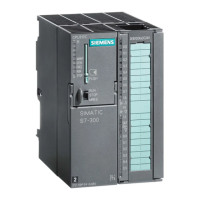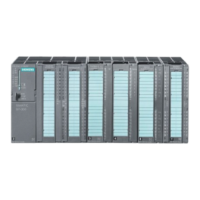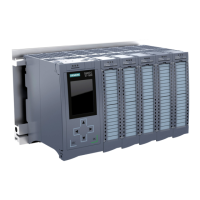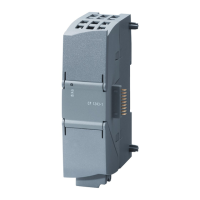Special functions of a CPU 41x
3.2 Multicomputing
S7-400 Automation System, CPU Specifications
Manual, 10/2006, 6ES7498-8AA04-8BA0
3-5
3.2.2 Special Features at Multicomputing
Slot Rules
In multicomputing mode, up to four CPUs can be inserted in one central controller (CC) in
any order.
Bus Connection
All the CPUs can be reached from the programming device if a corresponding configuration
exists by means of the MPI interface or the PROFIBUS DP interface.
Behavior during Startup and Operation
During startup, the CPUs involved in multicomputing automatically check whether they can
synchronize themselves. Synchronization is possible only in the following situations:
● When all the configured and only the configured CPUs are inserted and ready to operate.
● When correct configuration data were created with STEP 7 and were downloaded to the
plugged CPUs.
If one of these conditions is not met, the event with ID 0x49A4 is entered in the diagnostic
buffer. You will find explanations of the event IDs in the reference help on standard and
system functions.
When exiting the STOP mode, there is a comparison of the types of startup COLD
RESTART/WARM RESTART/HOT RESTART. If the types of startup are different, the CPUs
do not change to RUN.
Address and Interrupt Assignment
In multicomputing, the individual CPUs can access the modules assigned to them during
configuration with STEP 7. The address area of a module is always assigned "exclusively" to
one CPU.
In particular, this means that every module with interrupt capability is assigned to a CPU.
Interrupts triggered by such a module cannot be received by the other CPUs.
Interrupt Processing
The following applies to interrupt processing:
● Hardware interrupts and diagnostic interrupts are sent to only one CPU.
● If a module fails or is removed/inserted, the interrupt is processed by the CPU to which
the module was assigned during parameter assignment with STEP 7.
Exception: A remove/insert interrupt triggered by a CP reaches all CPUs even if the CP
was assigned to one CPU during configuration with STEP 7.
● If a rack fails, OB86 is called on every CPU; in other words, it is also called on the CPUs
to which no module in the failed rack was assigned.
For more detailed information on OB86, refer to the reference help on organization blocks.
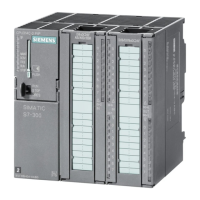
